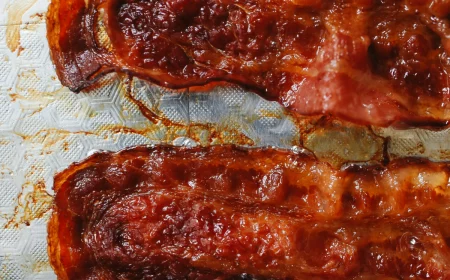What’s Really Happening in Your Pipes? A Plumber’s No-Nonsense Guide to Your Home’s Water System
After countless years in the plumbing trade, you learn to listen. Not just to the old-timers, but to the house itself. Every home has a voice, and its plumbing is like a circulatory system. You get a feel for the hum of healthy water pressure, the gurgle of a drain that’s gasping for air, and that faint, almost imaginary drip that signals big trouble hiding behind a wall.
In this article
Most people, and understandably so, only think about their plumbing when it’s angry—when a toilet backs up or a ceiling suddenly develops a water spot. But here’s the thing: understanding the basics of how it all works can save you a mountain of cash and a ton of headaches. It isn’t magic. It’s just a combination of pressure, water, and gravity. My goal is to pull back the drywall, so to speak, and show you your home’s plumbing from a pro’s perspective. I want you to have the confidence to tackle the small stuff and know exactly when it’s time to call for backup.
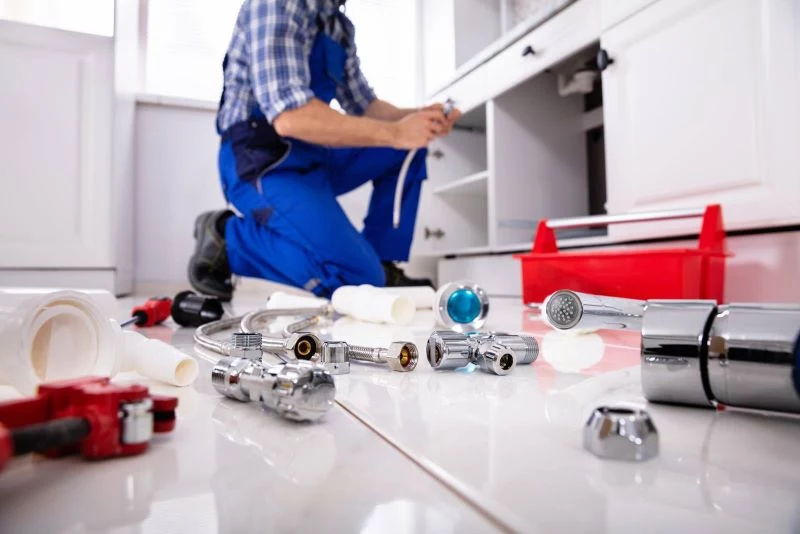
The Hidden Forces at Play in Your Walls
Every plumbing system, whether it’s in a tiny cabin or a huge house, runs on a couple of simple principles. Once you get these, you can start to figure out what’s going on when things get weird. This is the first thing I explain to any new apprentice; it’s the foundation of everything.
Water Pressure: The Engine Pushing Everything Forward
Water doesn’t just magically appear at your faucet; it’s pushed there. The city water system uses massive pumps and water towers to create force, which we measure in pounds per square inch (PSI). For most homes, the sweet spot is somewhere between 45 and 60 PSI. I’ve seen pressure as low as 30 PSI (which feels like a lazy river) and as high as 120 PSI (which is like a ticking time bomb).
A quick tip: You can test this yourself! Go to any hardware store like Home Depot or Lowe’s and pick up a water pressure gauge for about $10 to $15. It just screws onto any outdoor hose spigot. Turn the water on, and you’ll get an instant reading. It’s a 60-second test that tells you so much.
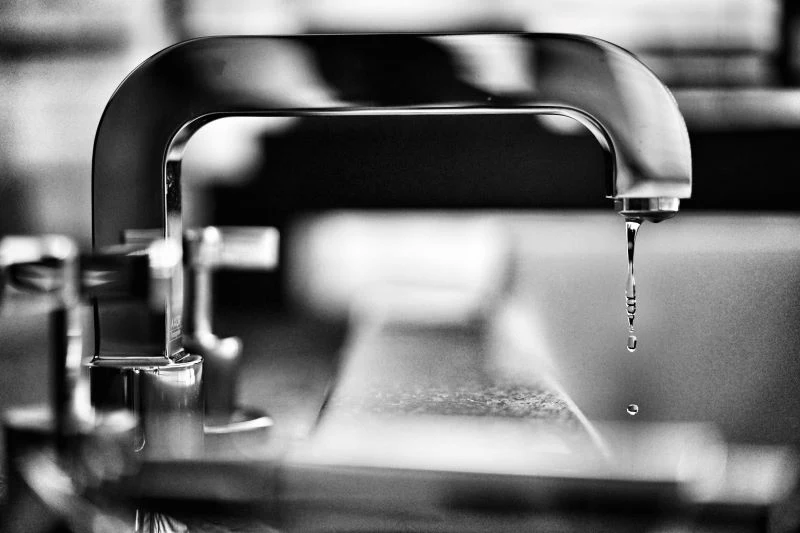
- Low Pressure (under 40 PSI): This is why your showers might feel weak or your washing machine takes forever to fill. It could be a partially closed main valve, a clog somewhere, or just low pressure from the city. In older homes with traditional galvanized steel pipes, the pipes themselves can get so clogged with mineral buildup that it’s like a blocked artery.
- High Pressure (over 80 PSI): Honestly, this is way more dangerous. High pressure puts constant strain on everything—your pipes, your fittings, your appliances. It’s a top cause for burst washing machine hoses and failed water heaters. It also leads to that loud banging sound, often called ‘water hammer,’ when a faucet shuts off quickly. If my gauge reads over 80 PSI, my first recommendation is always a Pressure Reducing Valve (PRV). This device gets installed right after your main shutoff and protects your entire house. Think of it as essential insurance, not an optional upgrade.
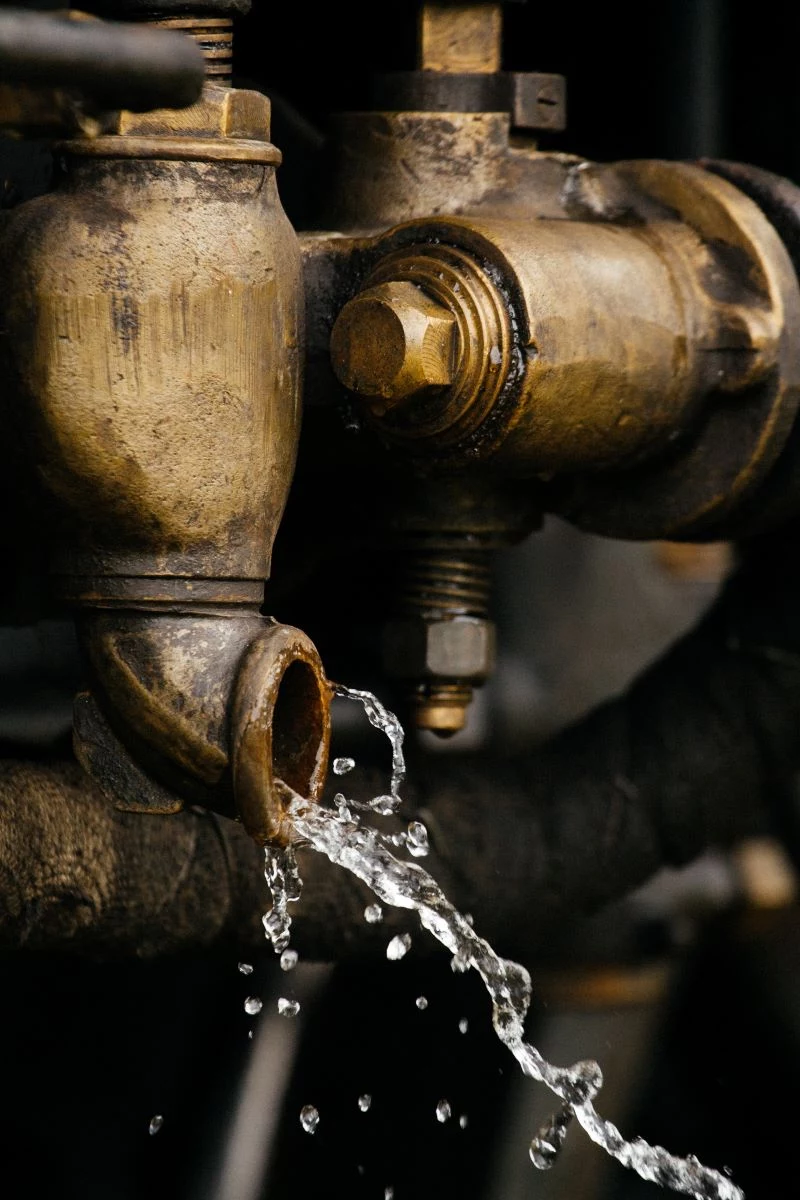
Gravity and Vents: The Secret to Draining Properly
Once you’ve used the water, it has to go somewhere. That’s where gravity takes over. Your home’s Drain-Waste-Vent (DWV) system is a network of pipes all pitched at a slight downward angle. The standard rule we follow on every job is a minimum slope of a quarter-inch for every foot of pipe. This slight decline ensures that water carries waste away with it, preventing clogs.
But here’s the part that most people don’t know about: you also need air. That’s the ‘Vent’ in DWV, and it’s critical. Every drain in your home is connected to a vent pipe that typically runs up and out through your roof. This allows air to get in behind the draining water, preventing a vacuum from forming. Without that air, drains gurgle, run slow, and can even suck the water right out of the P-traps.
That U-shaped pipe under your sink? That’s a P-trap. Its only job is to hold a little plug of water that blocks gross sewer gas from coming into your home. If a vent gets blocked by leaves or a stray tennis ball (yes, I’ve seen it), that water seal can get siphoned dry, and you’re left with a mysterious, awful smell. So if you’ve got a stinky drain that otherwise seems to work, a blocked vent stack on the roof is often the culprit.
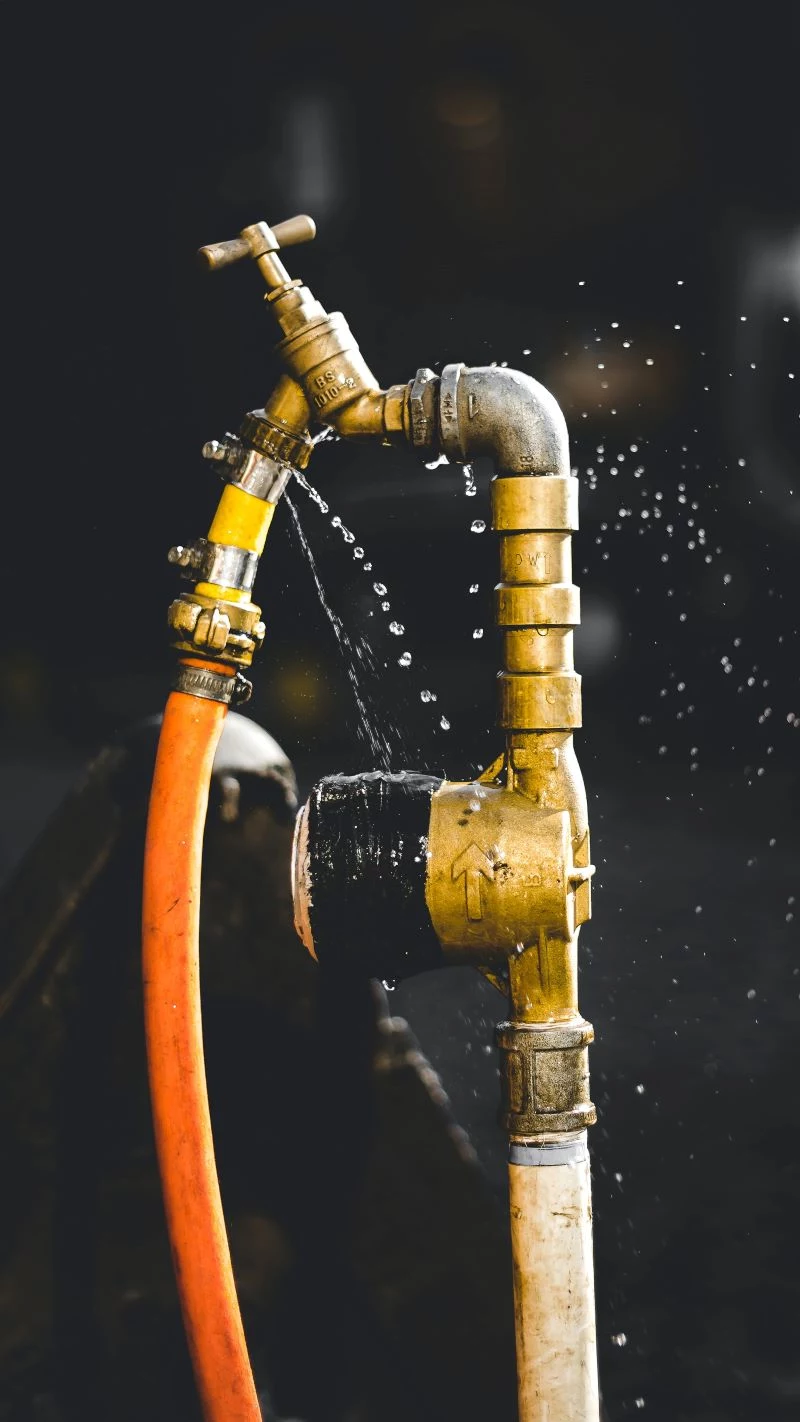
Your Plumbing’s Two Personalities: Supply vs. Drain
It’s helpful to think of your plumbing as two completely separate systems. The supply side brings in clean, pressurized water. The drain side gets rid of wastewater using gravity. They only meet at your fixtures (like faucets and toilets) and should never, ever cross paths otherwise.
The Supply Side: What Your Pipes Are Made Of
Knowing what kind of pipes you have is really important when it comes to repairs. The materials have changed a lot over the years.
Copper was the gold standard for a long time. It’s incredibly durable, and a well-soldered joint can easily last for decades. There’s a real craft to it. But it can corrode over time, especially with aggressive water, leading to tiny pinhole leaks.
You’ll see PEX—a flexible plastic tubing—in most modern construction. I’ll admit, I was skeptical at first, but it has some major advantages. It’s faster to install, it’s more resistant to bursting if it freezes, and it doesn’t corrode. We use special tools to make connections, and while I still think copper looks better for exposed pipes (like under a sink), PEX is a fantastic choice for pipes hidden in walls and ceilings.
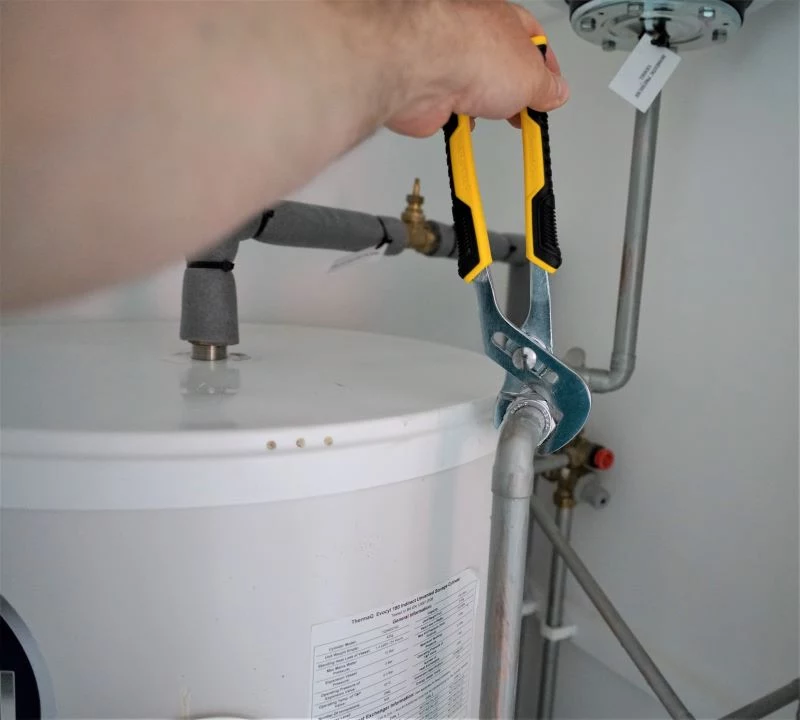
Then there are the problematic pipes. If your house has galvanized steel pipes, they are likely corroding from the inside out, choking off your water flow. The only real fix is a full repipe. Another one to watch out for is polybutylene (PB), a gray plastic pipe that was known for failing fittings that caused massive water damage. If you see this stuff, you should start budgeting for a replacement. It’s not a question of if it will fail, but when.
Heads up! A full-house repipe sounds scary, and it is a big job. To set your expectations, this kind of project can run anywhere from $4,000 to $15,000 or more, depending on the size of your house and how hard it is to access the pipes. It’s a major investment, but one that secures your home for the long haul.
The Drain Side: Taking Out the Trash
Drain pipes are much wider and aren’t under pressure. Their only job is to be a smooth channel for waste.

In most homes today, you’ll find white PVC or black ABS plastic pipes. They are both lightweight and joined with a special solvent cement that basically welds them together. You can’t mix them without using a specific transition coupling—a flexible rubber connector that you can find at any hardware store.
Older homes often have cast iron drains. This stuff is amazing—it’s super durable and incredibly quiet. You don’t hear water running through it like you do with plastic. But it’s a beast to work with. It’s heavy, tough to cut, and eventually rusts out. Cutting out a bad section often requires a special tool called a chain snapper and a whole lot of muscle.
My Most Common Service Calls
While no two days are the same, some problems are classics. Here’s a peek into how a pro handles them.
Leaks: The Silent Destroyer
A dripping faucet is an annoyance; a hidden leak is a disaster. I’ve seen entire kitchens ruined by a slow, unnoticed leak from a dishwasher line. The key is to act fast.
Quick Tip: Go look at the water hoses connected to your washing machine. If they are the standard black rubber ones that came with it, go to the hardware store and spend $25 on a set of braided steel hoses. Swapping them out takes ten minutes and helps prevent one of the most common and damaging floods I see.
Clogs: Breaking Up the Blockage
This is probably our most frequent call. The first thing I always do is ask questions to figure out if the clog is in one fixture or if it’s affecting the whole house. That tells me if the problem is local or in the main sewer line.
A word of warning: I strongly advise against using chemical drain cleaners. They’re incredibly harsh and can damage your pipes. Worse, if they don’t work, you’ve just created a pipe full of toxic sludge that I then have to deal with, which is dangerous for me and bad for your plumbing.
It’s much safer to use mechanical methods. You can buy a small hand snake for about $20 to clear a simple sink clog yourself. If you call a pro, that same job might cost between $150 and $250. For a serious main line clog caused by grease or roots, we use a hydro-jetter. It’s a specialized machine that blasts the pipe clean with high-pressure water. It’s a more expensive service, often in the $400 to $800 range, but it restores the pipe to its original diameter.
Water Heaters: Your Source of Comfort and Safety
Nobody enjoys a cold shower. Water heaters are workhorses, but they need respect. The most important part is the Temperature and Pressure (T&P) relief valve. This is a safety device that prevents the tank from turning into a rocket if it overheats. You should test it once a year by lifting the lever briefly. If water comes out and stops when you let go, you’re good. If it doesn’t, it needs to be replaced immediately.
Also, try to drain a few gallons from the bottom valve each year to remove sediment buildup, especially if you have hard water. It’s easy: just turn off the power (or gas!), hook up a garden hose, and let it drain outside for a few minutes. This simple step can add years to your water heater’s life.
DIY vs. Calling a Pro: Knowing Your Limits
I’m all for empowering homeowners. There are plenty of small jobs you can handle yourself. But knowing when to put the tools down is just as important.
Great Projects for a Confident DIYer:
- Replacing a Faucet Cartridge: This fixes most drips. Just be sure to turn off the water supply under the sink first!
- Changing a Showerhead: An easy win. Use some thread seal tape to get a good seal.
- Replacing a Toilet Flapper: This is the #1 cause of a running toilet. It’s a $10 part that can save you $20 or more a month on your water bill. A fantastic return on investment!
When to Call a Pro, No Questions Asked:
- Anything involving a gas line. Period. A mistake here isn’t just a leak; it’s a life-threatening risk.
- Main water line repairs. If you mess this up, you can flood your house in minutes.
- Sewer line backups. If multiple drains are slow, the problem is in the main line and requires professional gear.
- Water heater installation. Between the risks of water damage, improper venting, and high voltage, this is best left to a pro.
- Leaks inside a wall. Don’t start swinging a hammer. We have tools to find the leak with minimal damage.
Think of it this way: a good plumber isn’t just fixing a pipe; they’re protecting your property and your family. We’re licensed and insured for a reason. Sometimes, paying an expert is the cheapest and smartest decision you can make.
Your Weekend Homework
Your home’s plumbing works tirelessly for you every single day. So, here’s a little challenge. Your mission, should you choose to accept it: go find your main water shutoff valve. Seriously. Pause what you’re doing and go look. It’s usually a lever or a round handle located in the basement, a utility closet, or a crawlspace, typically on the wall that faces the street.
Found it? Great. Now you know how to stop a small leak from becoming a full-blown flood. You just did the most important thing any homeowner can do. Listen to your house, pay attention when it starts acting strange, and don’t be afraid to ask for help. A good plumber is a partner in keeping your home safe and sound.




